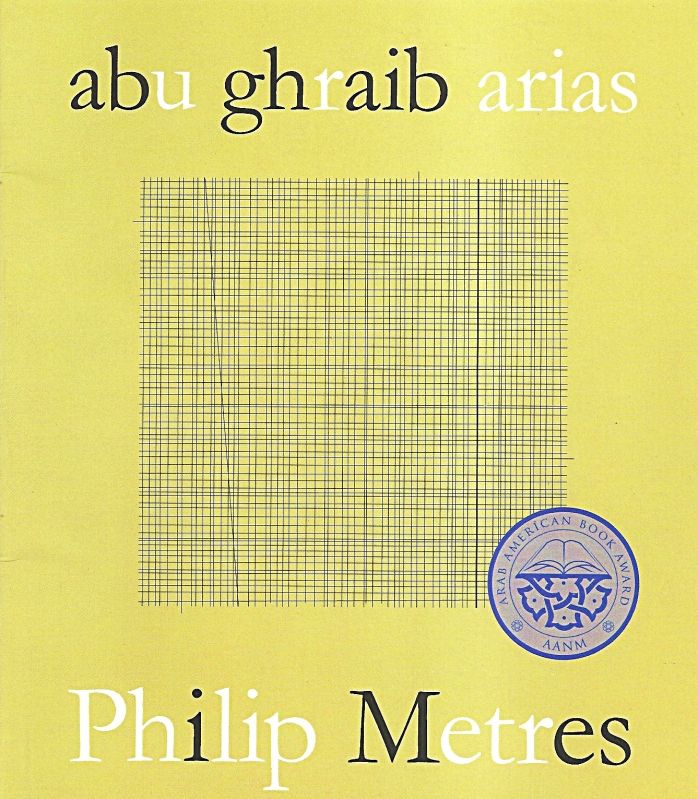Popular culture, whether contemporary or antiquated, tends to frame Satan as the epitome of evil: sometimes as an external force ruling from a fiery underworld, and other times as an internal force residing within the hearts and minds of man. But poets, on the contrary, have long revered Satan as a champion of the humanistic cause. Take, for instance, the following excerpt from Book I of Milton’s canonical Paradise Lost:
The mind is its own place, and in itselfCan make a Heaven of Hell, a Hell of Heaven.What matter where, if I be still the same,And what I should be, all but less then heWhom thunder hath made greater? Here at leastWe shall be free; the Almighty hath not builtHere for his envy, will not drive us hence:Here we may reign secure, and in my choiceTo reign is worth ambition though in Hell:Better to reign in Hell, than serve in Heaven.
In this passage Satan speaks to his demonic henchman Beelzebub, offering some insight into how he perceives the world around him. His argument is simple: our lives are not composed of preordain essences; instead, the mind, which “is its own place,” interprets the world surrounding it and develops a set of ideas, beliefs, and values that assist us in navigating life. Thus, there is nothing intrinsically good about “Heaven” or bad about “Hell.” One can, if left to their own devices “make a Heaven of Hell, [and] a Hell of Heaven.” Ironically enough, Satan claims that humanity believes god and heaven are sources of goodness because “thunder hath made [them] greater.” In other words, religious institutions employ fear induced by loud noises (e.g. the bluster of brimstone pastors at the pulpit) to attain subservience from their followers. By championing the mind and human spirit, Milton’s Satan creates a liberatory space wherein “We shall be free” from the tyranny of religious indoctrination, fear mongering, the god who accompanies them. Satan, then, is emblematic of creativity, whereas god is emblematic of oppressive dogma. To this extent, it is “Better reign in Hell, than serve in Heaven.”
While the landscape of poetry has changed much during the three hundred and forty five years since Milton’s blank verse retelling of Genesis, some aspects remain the same. In Dorothea Lasky’s Thunderbird (Wave Books, 2012), her third full-length collection, Satan still rules the world of poetry. Toward the conclusion of “The Insurrection of Satan as Thunderbird,” the speaker of the poem tells us:
Satan is a flat orange snakeI hang him on my wallAnd pray to him for forgivenessBut Satan knows no mercySatan, you know no mercy (55)
Satan, in his classic representation as a snake, hangs on the speaker’s wall as she prays to him for forgiveness. But, of course, the dark prince “knows no mercy” because “mercy” is part of god’s doctrine of thunder: an abstract concept built to keep subjects on their knees, docile and weeping. Satan knows only freedom.
Indeed, Lasky and (most) of her speakers already know this to be true. The freedom Satan offers is not attained by worshiping an idol pinned to the wall; Satan lives within the poet and her work. Near the beginning of the collection, readers discover in “It Is Murder” that:
I make hellWhere it already isIn this poem (8)
Hell, the playground of invention, artistry, and poetry, is made by the poet and locates itself within the poem. There is no need to search for the underworld: for the poet, hell is within her; for the reader, it is on the page. Yes, poet, “keeping you in place” in the poem “is the devil” (16).
True, Lasky’s poems occasionally present the image of Hell (and Satan) through a more standard cultural lens (i.e. externally). Take, for instance, the poem “Why Go In Cars.” The poet writes:
True, Lasky’s poems occasionally present the image of Hell (and Satan) through a more standard cultural lens (i.e. externally). Take, for instance, the poem “Why Go In Cars.” The poet writes:
Let’s sit in a sea of flamesAnd I will never put the fireOut of you (24)
But more often than not, she fashions her demonic tropes as internal creative forces that burn so fiercely they consume the body from the inside out. For example, “You Are Beautiful” closes with the lines:
I will be so full of fire that they won’t be able to extinguish meBefore the beauty comes I want to be so full of fireThat they can’t tell me from you, my wretched angel (36)
Engulfed in self-ignited flames from within her own body, no one can tell the difference between the poem’s speaker and her “wretched angel” Satan.
Lasky is well aware, certainly, that her preoccupations with Satan and Hell will no doubt be misinterpreted by others who are less nuanced in their reception of literary tropes and the championing of the world as a humanistic endeavor. She articulates this concern several times throughout Thunderbird. In the self-consciously titled poem “Why It Is A Black Life,” the speaker says:
Because I say thingsIn the simplest way possibleAnd am constantly misunderstood (14)
But Lasky won’t suffer fools who misunderstand her Satanism as indebtedness to some deviant black cult that revels in pain, destruction, and hatred. If that’s the case, to heaven with them! No, Lasky, instead, wants to confound these critics all the more. As the opening of the poem “What Poets Should Do” argues:
Poets should get back to saying crazy shitAll of the timeI am sick of academics and businesspeople telling poetsWhat we should do (47)
Indeed, Ms. Lasky, let's say some crazy shit. Hail Satan!




